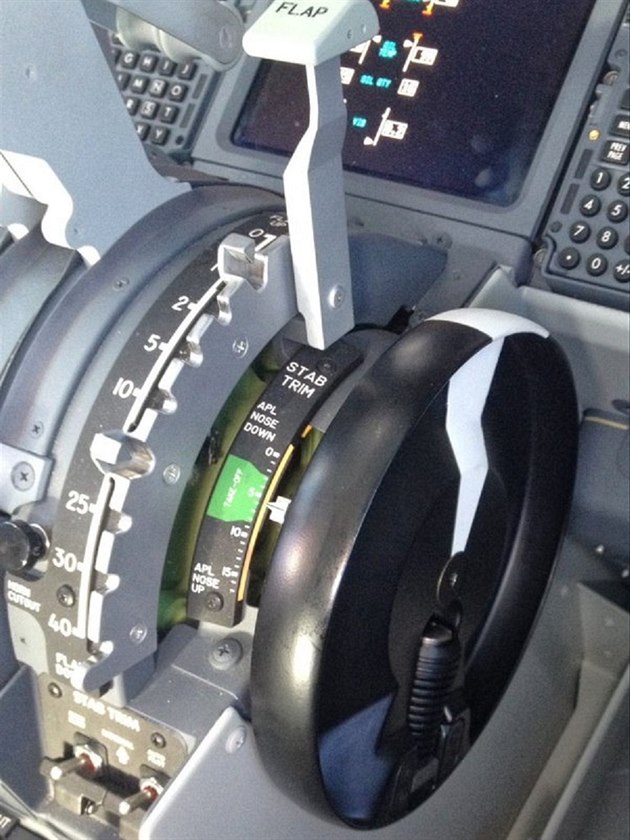Thorgalaeg
Deity
The records of the Lion air crash show the pilots didn't know how to stop the plane of pitching down and desperately looking for a solution in the manual and finally praying for a miracle!
I am pretty amazed, not so much for how flawed the system is, so that a small pitot tube issue which are pretty common mostly due to ice formation could make the aircraft to pitch down irretrievably, but because the pilots didnt know how to stop it. They were seeing the two big trimming wheels spinning as crazy and making the plane to pitch down. Didnt know about the existence of the autotrimming switches placed a few centimeters lower at the central pedestal?
I mean that switches are there in all airliners not only the 737 Max, and even a hobbyist like myself know about them, you can see them at the bottom of this pic of the Boeing 737 NG central pedestal, just below the flaps scale, they are clearly labeled as "Stab Trim". The huge black dish is one of the two trimming wheels.

What sort of training do pilots receive? I am not going to get on a plane never again...
I am pretty amazed, not so much for how flawed the system is, so that a small pitot tube issue which are pretty common mostly due to ice formation could make the aircraft to pitch down irretrievably, but because the pilots didnt know how to stop it. They were seeing the two big trimming wheels spinning as crazy and making the plane to pitch down. Didnt know about the existence of the autotrimming switches placed a few centimeters lower at the central pedestal?
I mean that switches are there in all airliners not only the 737 Max, and even a hobbyist like myself know about them, you can see them at the bottom of this pic of the Boeing 737 NG central pedestal, just below the flaps scale, they are clearly labeled as "Stab Trim". The huge black dish is one of the two trimming wheels.

What sort of training do pilots receive? I am not going to get on a plane never again...
Last edited:


